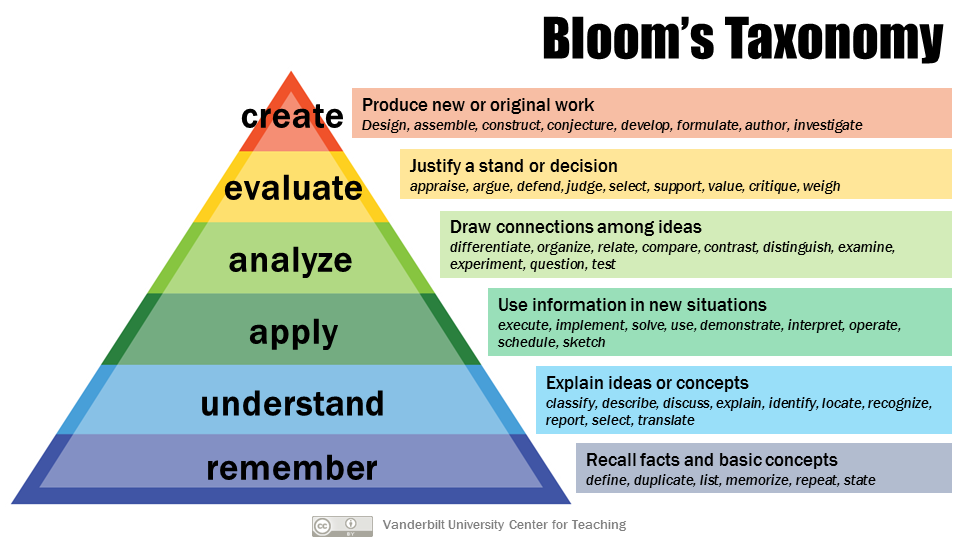By Alyssa Meuwissen, PhD, research associate; and Deborah Ottman, MA, professional development coordinator
Since the start of the COVID-19 pandemic, the ways in which many of us accomplish our work have evolved. We’ve cobbled together home offices. We’ve learned to Zoom with colleagues instead of knocking on their office doors. We’ve changed our schedules to accommodate the presence of children navigating distance learning. Many people have recently returned to in-person work. Others are planning their return with one eye on the COVID-19 case count in their area.
Like many of our colleagues in non-student-facing roles at the University of Minnesota, CEED staff are in the process of transitioning back to the office. At the same time, we’ve been hearing from friends and colleagues about their experiences with this shift. Some are excited, while others are apprehensive. Still others feel excited one minute, and apprehensive the next.
Hearing these different perspectives prompted us to think about principles of reflective practice that could be of use in this moment of transition. Reflective practice is often recommended for educators and other professionals who work with children and families. However, we’d venture that anyone who regularly interacts with other human beings could benefit from reflective techniques.
What would it look like to be a reflective colleague in this moment? How might one put reflective principles to work in a typical office environment? As we pondered these questions together, three major themes surfaced: ambiguity, perspective-taking, and power dynamics. We’ve loosely organized our reflective tips to align with these themes. As you’ll see, they’re interrelated.

Ambiguity
Do you look forward to returning to in-person work? If you’ve already done so, do you ever wish you were still working from home? The answer to questions like these may be murkier than a simple “yes” or “no.” Returning to the office is a big change if you’ve become accustomed to working remotely. For well over a year, we were discouraged from contact with people outside our household. Our mental alarm bells rang if other people came within six feet of us.
It can be hard to shake off that conditioning. Some people may crave in-person interactions, but for others, these interactions can be anxiety-provoking or even activate our threat response. Different people will react differently, and our own attitudes may shift over time.
Reflective practice can help us by teaching us to hold the ambiguity of our response. Acknowledge that there are pluses and minuses to in-person work. Avoid assigning judgment to your emotions, whether they are positive, negative, or mixed. Feelings are not “right” or “wrong.” It is also okay if your feelings change from day to day and even hour to hour.
If you start to feel overwhelmed or reactive at the office, we suggest physically removing yourself from the room, if possible. It can be helpful to take a five-minute walk, do some deep breathing, or look out a window at something that makes you feel anchored to the wider world, like trees or the sky.
It can also help to identify your hot buttons. Dirty dishes left in the break room sink? A loud water cooler conversation near your workspace? Try naming your feelings: “When I see a mess in the sink, I feel stressed. When coworkers don’t respect my need for quiet thinking time, I feel frustrated.”
What if you notice that a colleague seems stressed? Offer to take a break with them and leave the space if possible. If you decide to talk with them about your observations, leave room for them to respond in a way that’s comfortable for them. Avoid confrontational statements like “You look nervous,” or “You seem stressed.” Instead, try an opener like, “I wonder how you felt about that meeting.” Be open to input and curious about your colleague’s response.
It’s important to recognize in these conversations that we won’t always like or agree with what we hear. We may feel defensive or take it personally when a colleague shares concerns—even if their concerns have nothing to do with us. This is human nature; there’s no need to blame ourselves for our reactions. At the same time, a reflective colleague works to accept others’ emotions without judgment as well.
Perspective-taking
Our dependence on Zoom meetings during the pandemic afforded many of us glimpses of our coworkers’ home lives–of their children and pets, their coffee tables and back yards. We learned that the lives our colleagues lead outside of work are very different from our own. Each of us has different responsibilities and a different set of claims on our time and attention. We think it’s possible that this insight into the diversity of our experiences will have a positive effect on work environments. We may be less judgmental and more apt to assign best intentions to the people with whom we work.
It might seem obvious that other people’s perspectives differ from our own. However, we’re all capable of forgetting from time to time that we don’t all think alike (or work alike). The reflective approach is to notice these differences with curiosity. How might this look in practice? As an example, say you notice that a colleague frequently leaves work early. Rather than let suspicion or resentment take hold, wonder about your colleague with curiosity. Why might your colleague need to leave work early? They might be picking up a child from school or child care. Perhaps they’re going to a standing therapy appointment. Maybe they’re avoiding rush hour traffic and will put in an hour of work later at home to make up the time. You may never know the answer, but you can assign best intentions, trusting that there’s a good reason for what you’ve observed.
Human beings are uncomfortable with not knowing. We tend to fill in an incomplete picture with guesses. What’s important is to avoid the trap of thinking that your guess must be right. A phrase that resonates with us is: “The story that I’m telling myself about what I’m seeing is…” This framing reminds us that when we speculate about other people’s thoughts, feelings, and motivations, our guesses may or may not be anywhere close to true. As reflective colleagues, we can learn to sit with an incomplete picture. We can accept that we don’t know, as much as we might want to.
Power dynamics
There’s little doubt that your work experience is partly shaped by power dynamics. Workplaces often have a hierarchical structure; power is unevenly distributed across different roles and teams. Gender, race, age, socioeconomic status, experience, and other factors also influence the way in which power dynamics play out within a workplace. Where on the spectrum, from most to least powerful, are you? How do you feel about your position? And how might you best use your position to be effective in your job?
For people on the powerful end of the spectrum, the tips we shared about ambiguity and perspective taking may be especially useful. We touched on avoiding the trap of thinking, “Because I’ve been able to make a guess, my guess must be right.” Here’s a corollary to that belief: “I must be right, and that means you are wrong.” Avoiding such pitfalls is especially important if you are in a powerful position at work, because your decisions have great weight. Approach your colleagues and employees with curiosity and empathy, recognizing that their circumstances, opinions, and emotions will differ from yours. How might you make space for the voices that might not always be heard in your workplace?
If you are on the less-powerful end of the spectrum at work, think about aspects of your day where you do have control. Some people who worked from home over the past year gained autonomy—the power to make decisions about their day. They might have enjoyed choosing to spend their lunch hour folding laundry rather than eating in the break room, for example. Returning to the office could mean giving up some autonomy. If that’s the case for you, try to identify areas where you can be intentional. Maybe you can decorate your workspace and make it your own. Maybe you can read a book or fit in a workout over your lunch hour. If you’ve found that you do your best thinking while active, suggest to a colleague that you go for a walking meeting. Advocate for yourself, and exercise the options you have to make your job work well for you.
Conclusion
Not everyone is “going back” to work, of course. Many people never left; people in early childhood education, service industries, health care, and manufacturing, for example, don’t have the option to work from home. Others can’t go back; they must continue to work from home because of health conditions that make them or their family members vulnerable.
We acknowledge that people’s experiences of this pandemic vary enormously both at home and at work, not just within the United States, but across the globe. With that being said, we believe that a reflective approach can work well in different professional environments—whether in a Zoom meeting or a conference room, in a classroom or on the shop floor.
Interested in learning more about reflective practice? Our self-study modules look at different facets of reflective practice. The module Wondering with Purpose: Reflection in Any Setting would be a great place to start. For those who already have some experience with reflective practice, we’d suggest exploring our online courses RIOS 1: Using the RIOS Framework for Reflective Supervision and RIOS 2: Advanced Reflective Supervision Using the RIOS Framework.








